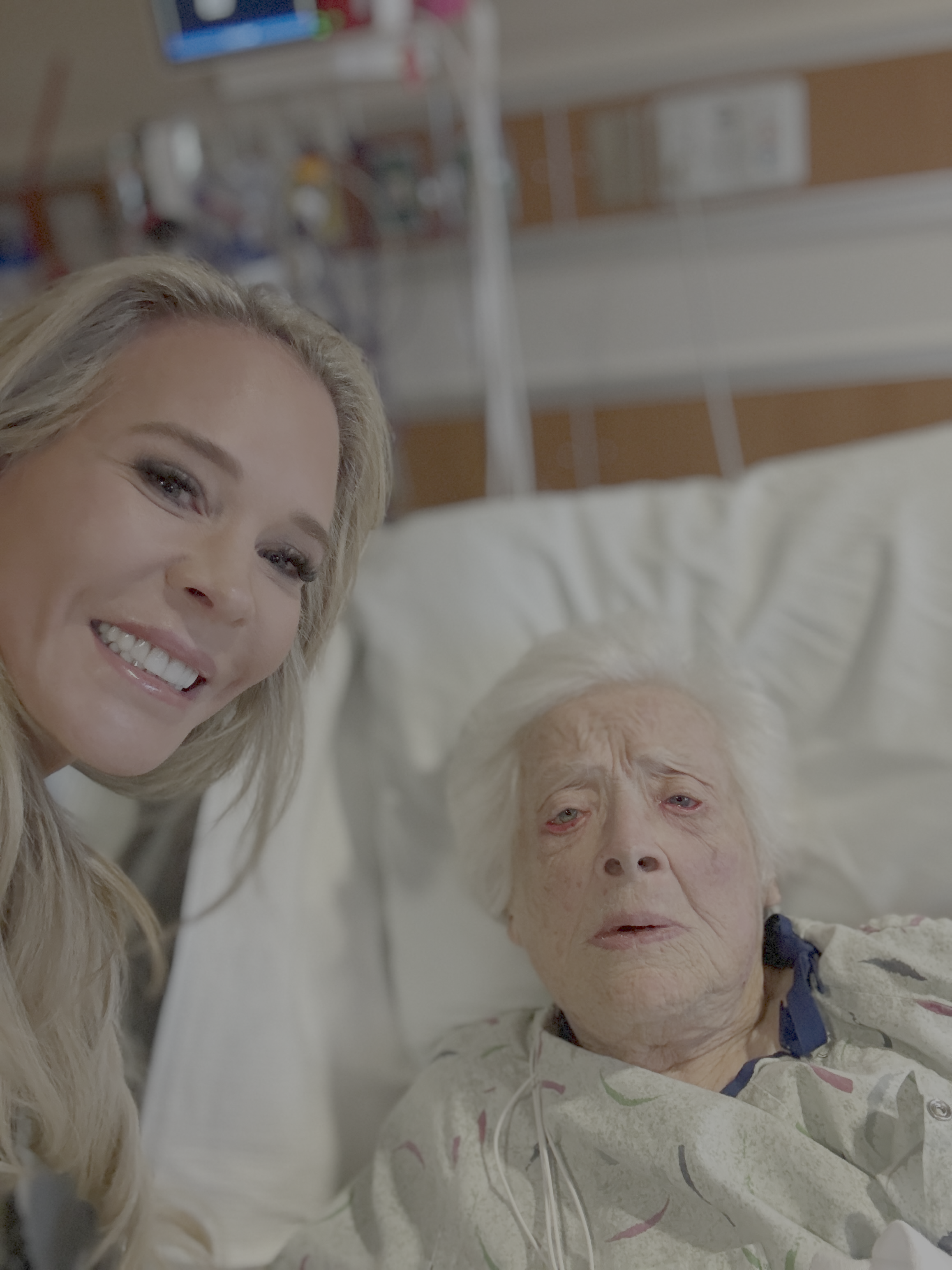
Oh, the countless decisions we make in life. Could we even come up with a number that is close to how many decisions we have made and will make? The thought alone overwhelms me.
Now, what if we imagined a number of all the reactions we had to those decisions?
Now, even crazier, what if we imagined a number of all our reactions to THINGS THAT NEVER HAPPENED?
What do I mean by that?
Raise your hand if you have reacted to something that never happened, but were worried or fearful would? Just after I typed that sentence, I raised both of mine. Why do we humans do it? Why do we choose to experience something awful, a worst-case scenario sometimes, with a REAL reaction? Why do we honor fear like that? How can we expunge the urge toward or the temptation to lean into worst-case scenarios like this? Why do worry and fear have gravity?
I’m reminded of Mark Twain’s quote, which pretty much nails it:
I’ve had a lot of worries in my life, most of which never happened.
Obviously, there are healthy fears that keep us safe and we pass along that knowledge to our children and younger generations. In another example, my current Second Seven Summits goal requires a lot of safety planning, specific training, and risk mitigation. If I had no fear, and didn’t execute this preparation, I wouldn’t be able to safely attempt my goal.
However, we can get in our own way with fear and worry in terms of psyche, confidence, setting a goal, having a vision, going against the grain, fitting in, belonging, expressing love, dreaming dreams…you get my drift?
I’m an organized person, thinker, and planner, and like to use Pros/Cons lists when considering decisions big and small. I ask myself: What are the pros or positives of this decision? What are the cons or negatives that could result from this decision? I write down all of my answers, however trivial they might seem, and then review them. These lists help my thinking get organized and highlight what I might not be seeing or considering.
I’d like to take this a further step, however, and create Real/Not Real lists, especially in terms of questions of the heart, soul, dreams, and visions. The human brain likes to be busy and if we let it run wild with thoughts that dampen us, the results can be crippling. If, early on, when considering a question, problem, or dream, we start making Real/Not Real lists, we can start to fill our thinking mind with the right thoughts on which to build a foundation in courage.
Circling back to my earlier question about reacting emotionally and physically to a “not real”—it can leave us feeling less than, confused, damaged, set back, paralyzed, you name it. Armed with a Real/Not Real list, we can call things what they are. We can save ourselves from going down unhealthy thought paths. We can refocus and regroup more quickly. We can teach our kids how to create healthy filters for considering what to dwell on.
These are the building blocks of courage.
We will never get it completely correct, but if we can build more from “here”, we can feel grounded in our courage to get “there”, wherever there is.





Lessons From the Rocks
You May Also Like
Five Mantras for Embracing Struggle
The Courage to Be Enough
Drawing Inspiration from Community—Sharing is Truly Caring!